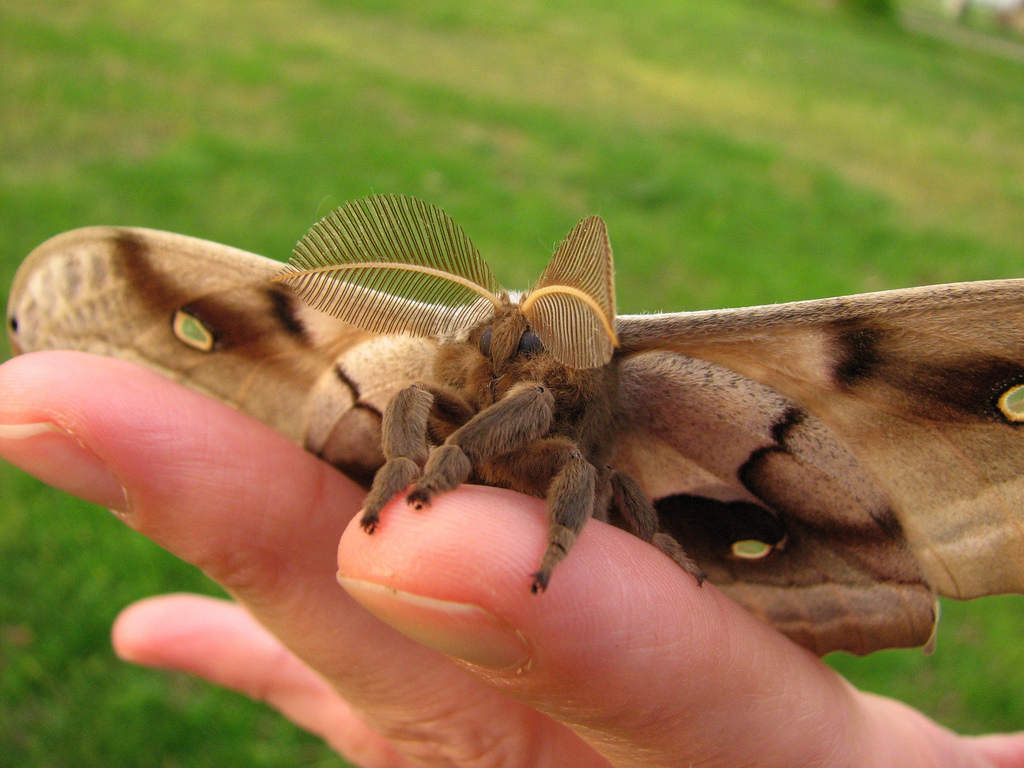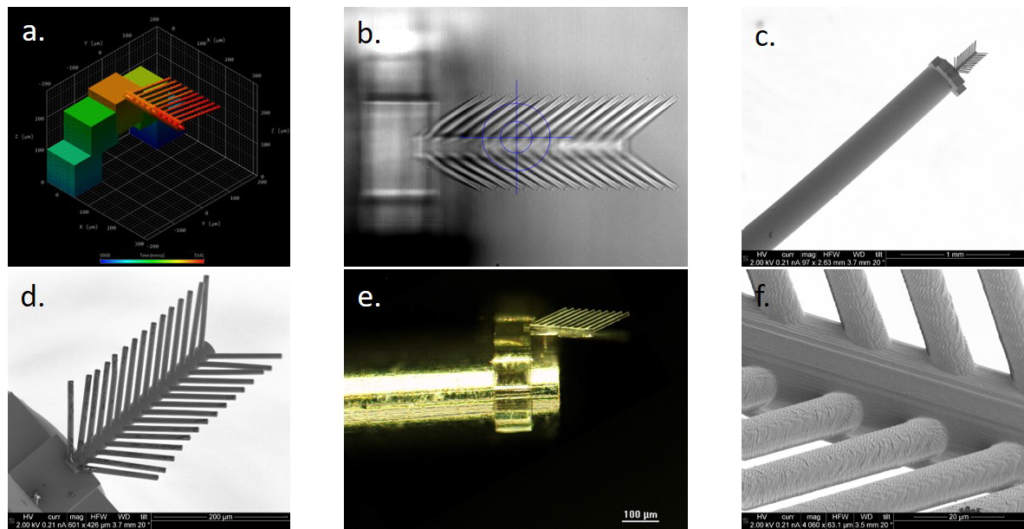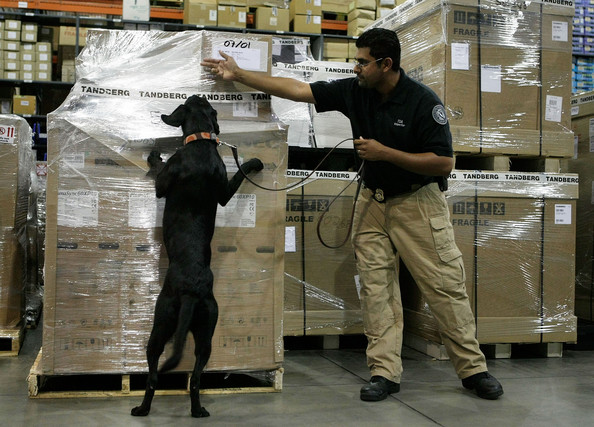In a life-critical situation man-made sensors can take minutes to detect the presence of gas or explosives in the air. A moth however is able to sense explosive pheromones in a matter of seconds.
To replicate this instinct, researchers have 3D printed the feathery antenna of a North American polyphemus moth. In doing so, the study introduces the possibility of sensors that passively “smell” the presence of dangerous substances.

“Masters of chemical communication”
In nature moths and other insects use an acute sense of smell to find food and mates. According to a recent study presented at the 2017 International Symposium on Olfaction and Electronic Nose,
The use of pheromones is common across the animal kingdom but moths have long been known as masters of chemical communication. Some such moths have been observed to locate females across distances from 500 m to over 4 km away, tracking concentrations of pheromone in parts per billion…
The size of antennae, typically no more than a couple cm long, also sets moths apart as exemplary in comparison to current man-made sensors. Preconcentrators made for the purpose have difficultly collecting enough odor to make an accurate reading. With a 3D printed replica antennae, the presented study proposes to significantly reduce the time it takes to collect an odor sample.
Causing a stink to explosive detection
Making a 1:1 scale replica of a polyphemus moth antennae was done using a Nanoscribe 3D lithography system. The 3D printer has previously been used for the creation of microswimmmers and devices to help direct cancer treatment within the body.
The Nanoscribe system works with light-reactive resin, 3D printing objects at the same scale as the width of 2 – 3 human hairs.
Each part of the moth antenna, (the stalk, the branch, and sensilla rod) was individually designed to create the perfect shape for collecting analytes from the air.

Successful replication of the arrow-like structure means that researchers are now able to study its properties without removing the antennae from live moths. The object also serves as a proof of concept for futuristic devices to be used in gas leaks, or detecting the possession of illegal and dangerous substances.

Synthetic moth antennae fabricated as preconcentrator for odor collection can be accessed online here. It is co-authored by Thomas L. Spencer and David L. Hu of the Georgia Institute of Technology and Nickolay Lavrik from Oak Ridge National Lab.
To stay updated with all the latest 3D printing news and research, subscribe to the most widely read newsletter in the 3D printing industry, follow us on twitter and like us on Facebook.
Featured image: The plumose antennae of a North American polyphemus moth. Photo via Spencer, Lavrik and Hu



